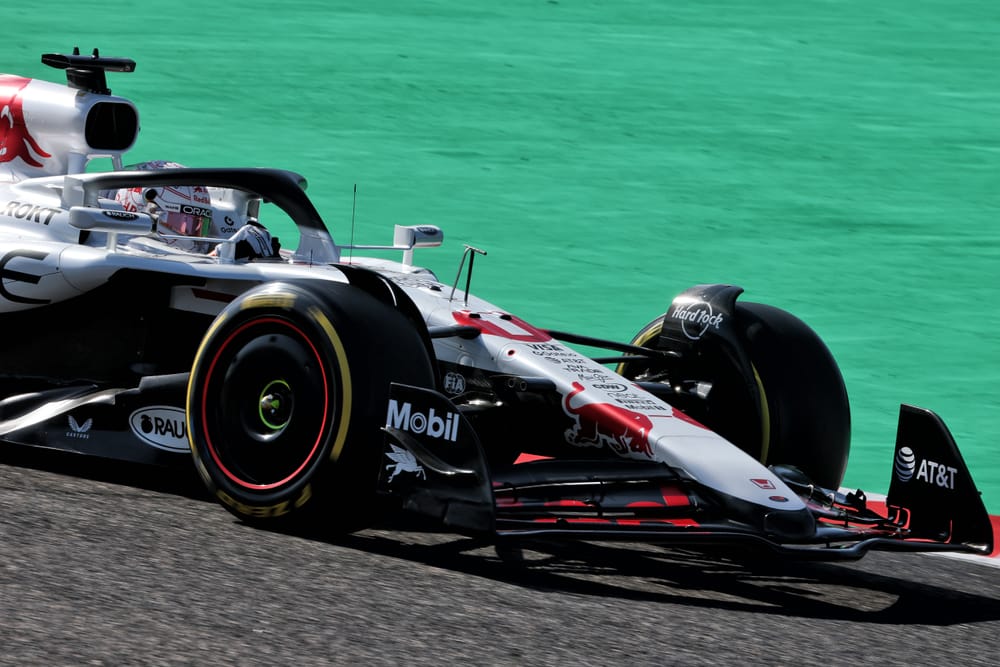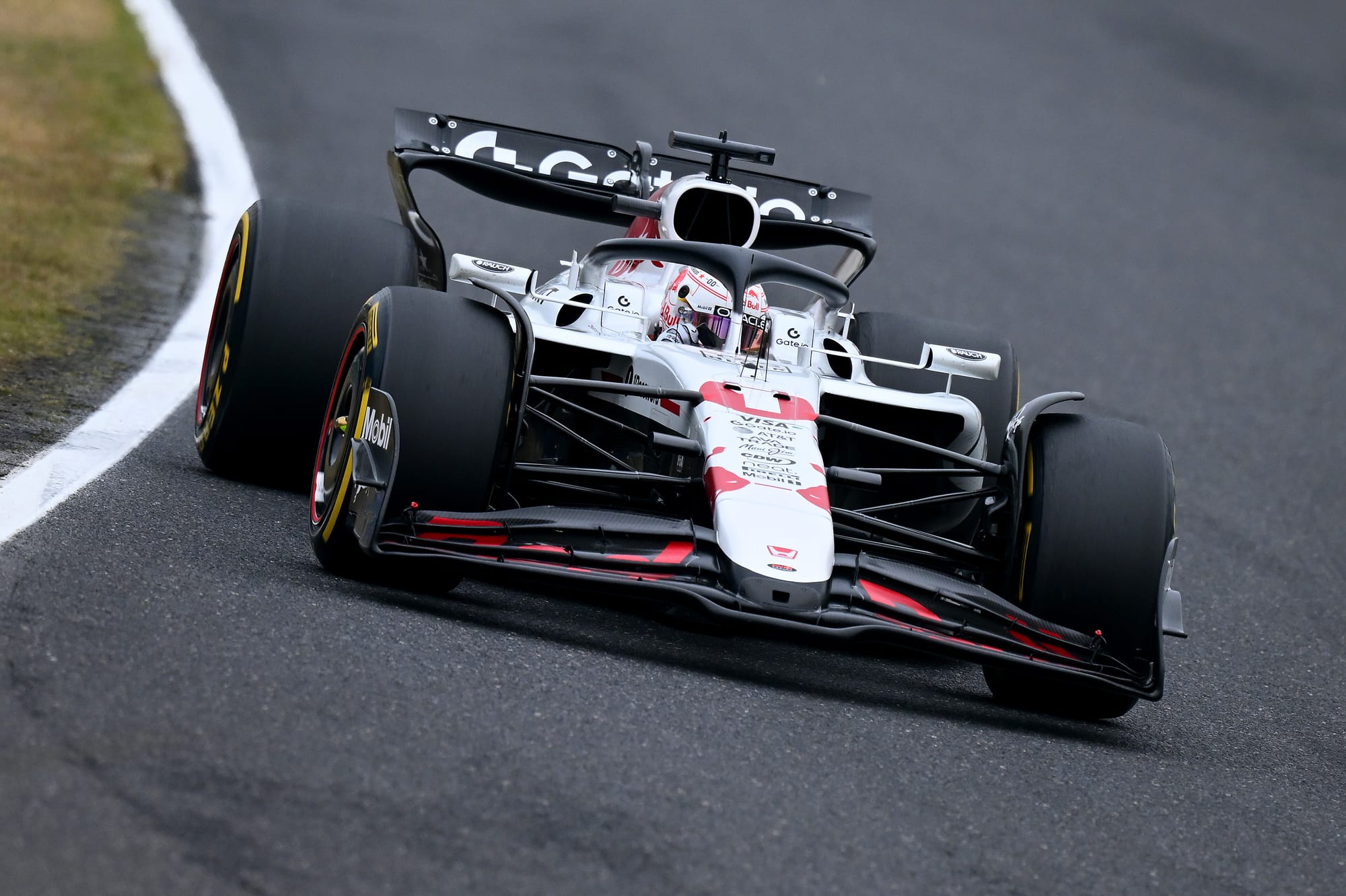Red Bull's persistent difficulties in finding a consistent and competitive team-mate for Max Verstappen have not gone away with its 2025 Formula 1 line-up changes.
Sergio Perez's replacement Liam Lawson occupied the RB21 for just two grands prix without scoring a single point, and Yuki Tsunoda only marginally improved on his performance in Japan - qualifying only 15th and failing to score too.
The team's constructors' championship hopes rest almost entirely on Verstappen's shoulders. He remains the only driver capable of consistently extracting performance from the car, raising questions about whether the RB21's development has become too tailored to his driving style.
Verstappen-friendly development?
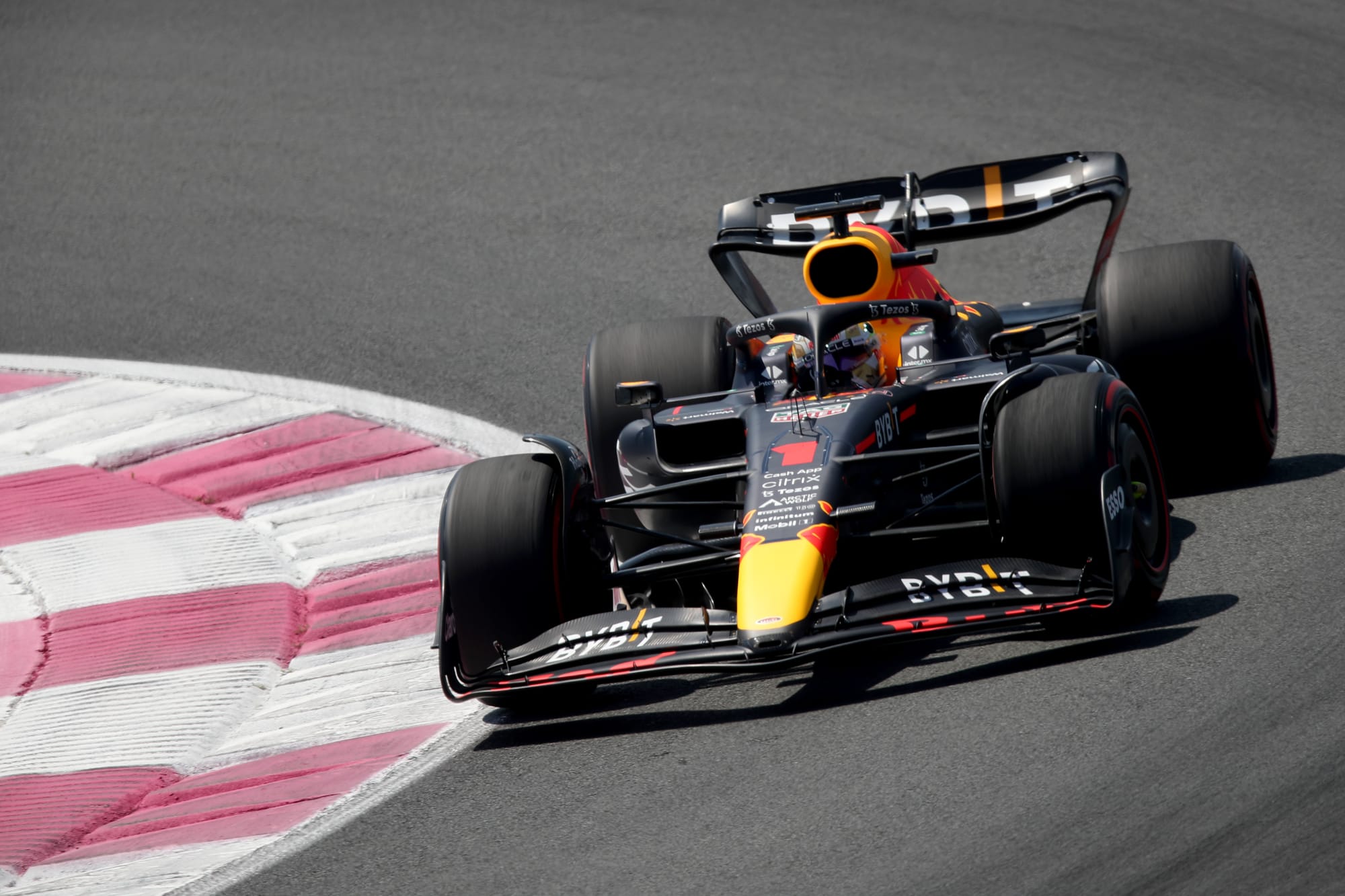
The gap between Verstappen and his team-mates became particularly stark with the introduction of ground effect regulations in 2022.
Back then, the RB18 initially didn't suit Verstappen's preferences, with Perez even taking pole positions and race wins ahead of his champion team-mate in the early part of the season.
But as the car evolved, Red Bull shifted the balance more towards the front axle - exactly what Verstappen had requested, allowing him to drive with the sharp, responsive front end he favours.
Perez, who preferred a more stable rear-end, struggled increasingly as development continued.
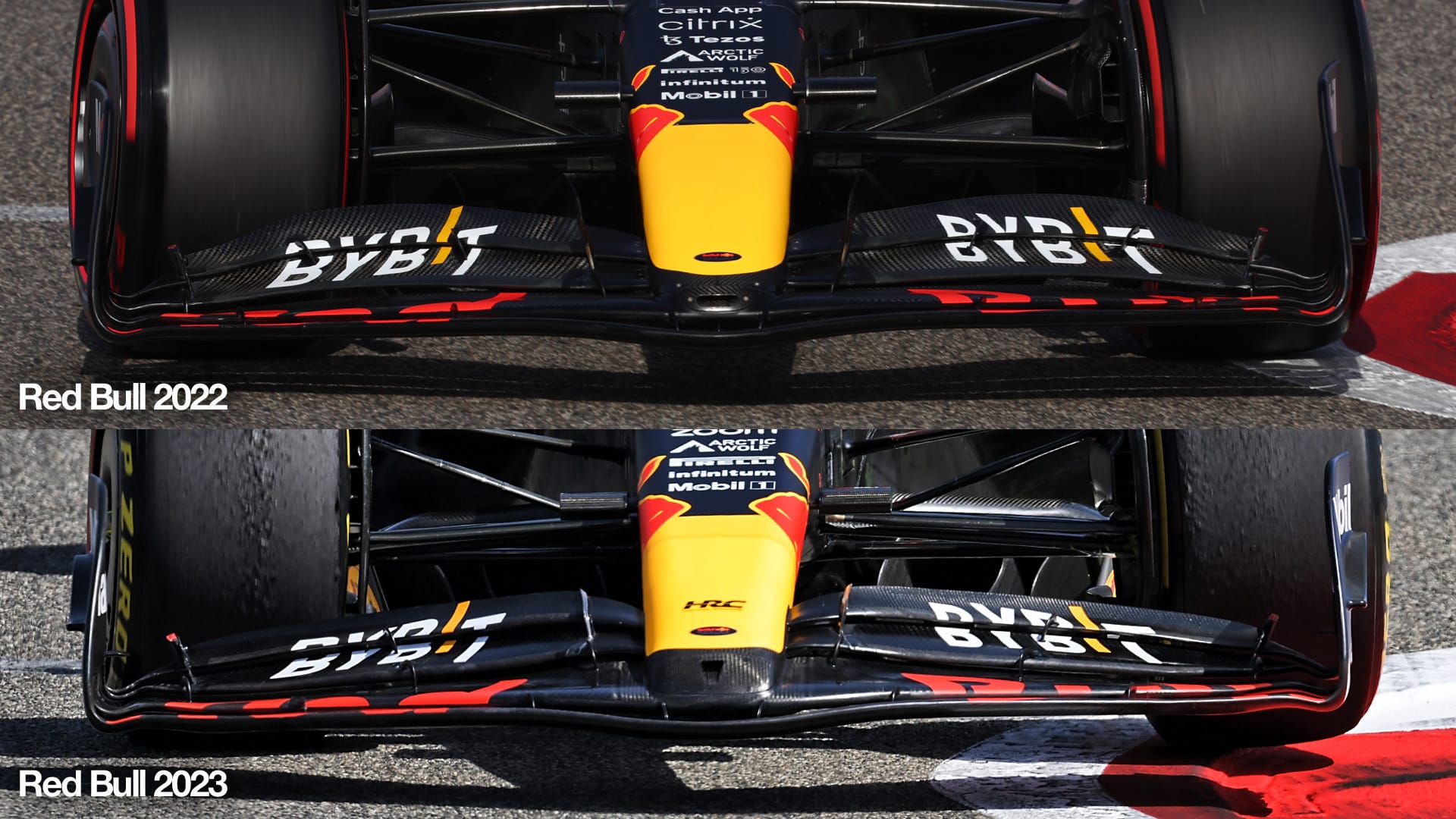
By 2023, the RB19 had fully embraced Verstappen's vision, with more outwash aerodynamic concepts and a narrower front wing, further exacerbating the performance gap between Verstappen and his team-mate.
Red Bull's dominance masked the issue for much of that season, but as competition from McLaren, Ferrari and Mercedes ramped up the cracks began showing.
The car's the same for everyone
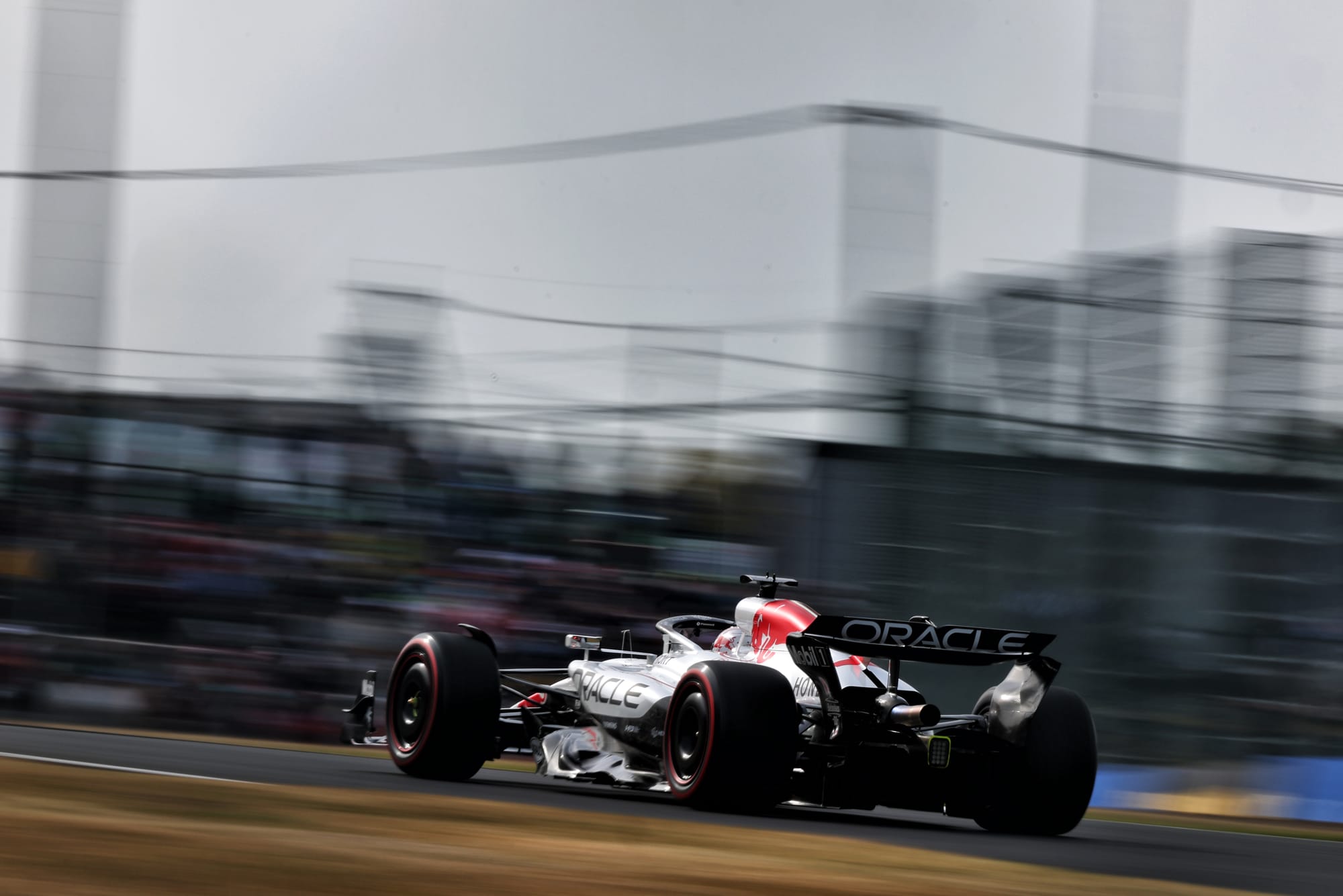
One of Red Bull's former drivers best expressed the problem. On the High Performance Podcast last year, Alex Albon described his experience at Red Bull and the difficulties faced by anyone trying to match Verstappen's feel.
"Max has an incredibly unique sensitivity," said Albon. "The front end is too agile for most drivers. It's like turning your mouse sensitivity to maximum, it moves far too much with the slightest input."
This over-responsiveness is evident in onboard footage. In China this year, Lawson was seen making constant steering corrections into Turn 1, while Verstappen maintained a smooth, consistent input. It's also telling that Perez tended to be more competitive on stop-start circuits such as Baku, where a stable rear is more important than front-end sharpness.
As Red Bull's decline has progressed, the problem has extended from an over-sensitive front end to being a wider issue with through-corner balance. The disconnect between front and rear axles - causing oversteer on entry, understeer on exit - makes it especially difficult to achieve consistent pace.
Can Red Bull learn from Racing Bulls?
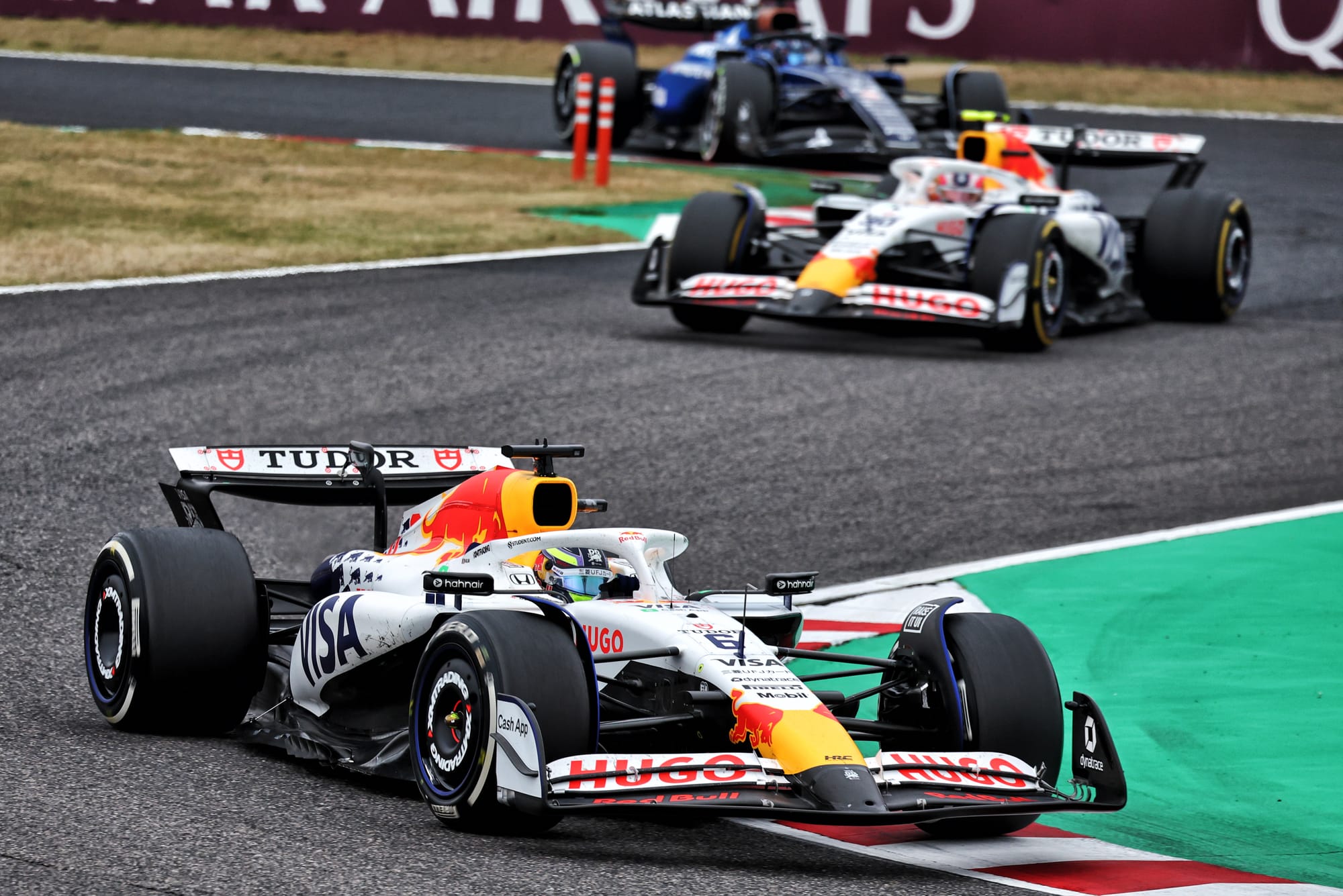
There's reason to believe that Tsunoda might have been quicker in a Racing Bulls car in Japan, given the impressive pace of Isack Hadjar in the machine Tsunoda had just stepped out of.
Red Bull's leadership is aware of the imbalance and is planning updates for the RB21 aimed at making the car easier to drive - not just for Verstappen, but also for whoever occupies the second seat. It also specifically brought Tsunoda in because it hoped his greater F1 experience would mean he could provide better feedback and help it solve its problems.
Verstappen's advantage is most visible in qualifying, where supreme confidence in the car is essential. Over the past 12 months, Verstappen has typically been around seven tenths of a second quicker than his team-mate on Saturdays - a gap that has often left just one Red Bull in Q3.
As chief engineer Paul Monaghan admitted in Japan, Red Bull can't just settle for being a one-car team and only worry about Verstappen's drivers' title bid.
"In terms of a constructors' championship, it's in our interest to get the best out of both cars," he said. "So whatever lessons we can take from the first two, from either car, we will take and we'll put on here, and it doesn't matter who drives it. It's our car, our pride, and it's our championship."
The RB21, so far, has appeared visually similar to its RB20 predecessor. However, a major upgrade package is expected soon, marking a more significant departure from the 2024 concept.
The engineers, led by Pierre Wache, hope that these changes will ease the learning curve required by the car. Verstappen himself has voiced frustration about struggling to find a comfortable set-up quickly on race weekends, a rare admission from the otherwise dominant champion.
Should the updates succeed in broadening the car's operating window, they may offer a lifeline to Red Bull's embattled second seat. Until then, it remains Verstappen versus the field - and sometimes, even versus the car.
The upgrades that will arrive, in addition to having the goal of making the car easier to understand, will try to increase the downforce and improve tyre management, especially in hot temperatures, where the car was shown to struggle last year.
Racing Bulls shares a Red Bull mechanical base (gearbox, engine and suspension), and the VCARB 02 has proven to be a great car. So could Red Bull find some solutions in-house?

